Furnaces
Natural gas and propane burn cleaner than fuel oil, and most gas furnaces present fewer operational difficulties than oil burners do. In fact, the problems that affect gas furnaces typically involve the furnace’s thermocouple, the pilot light, or some component of the electrical system.Gas furnaces and heaters have control shutoffs to prevent gas leaks, but they are not fail-safe.If you smell gas in your house, do not turn any lights on or off, and do not try to shut off the gas leading to the furnace. Get out of the house, leaving the door open, and immediately call the gas company or the fire department to report a leak. Do not re-enter your home.
On some gas furnaces and heaters, a plug-type door covers the pilot light assembly. To gain access to the pilot burner, pull the door out of the furnace housing. On other units, remove the panel that covers the pilot and gas burners.The pilot light controls, reset buttons, gas valves, and thermocouple are usually contained in an assembly at the front of the furnace. The furnace limit switch is located on the plenum (main chamber) or main duct junction on the upper housing of the furnace.
Air Conditioners
Central air conditioners have two separate components: the condenser and the evaporator. The condenser unit is usually located outside the house on a concrete slab. The evaporator coil is mounted in the plenum or main duct junction above the furnace.
Most central air conditioners are connected to a home’s forced-air distribution system. Thus, the same motor, blower, and ductwork used for heating are used to distribute cool air from the air conditioning system. When a central air conditioner is operating, hot air inside the house flows to the furnace through the return-air duct.
The hot air is moved by the blower across the cooled evaporator coil in the plenum and is then delivered through ducts to cool the house. When the air conditioner works but the house doesn’t cool, the problem is probably in the distribution system.Both the evaporator and the condenser are sealed. Therefore, a professional service person should be called for almost any maintenance other than routine cleaning. Central air conditioners should be professionally inspected and adjusted before the beginning of every cooling season. However, don’t let your maintenance end with this annual checkup.
While there aren’t many repairs you can make yourself, there are specific maintenance procedures you can follow to keep your system operating at peak efficiency.Caution: Before doing any work on an air conditioning system, make sure the power to the system, both to the condenser and to the evaporator assembly, is turned off.
Water Heaters
When our water heater is working properly, we use hot water for everything from showers to laundry, without a thought. But when it stops working, we have to detect the source of the problem and repair it. How do we diagnose a water heater problem?If there’s simply no hot water it could mean the pilot light’s gone out. Check the pilot light. If it’s out, you can relight it, by following the directions in your owner’s manual. If you can’t do this yourself, a gas company technician can do it for you.
If you hear strange noises coming from the hot water heater you’re probably hearing minerals or hard-water scale that’s accumulated inside the tank and broken off. In this case you’ll have to drain the tank and clean out the sediment. You may want to call a professional for this job.If you find water on the floor near the water heater, it means that water is seeping from the tank. The water could be coming from a loose valve or from a leaky pipe. If you don’t see any leaky pipes, you can try tightening the valve.
If this valve is loose, water might leak out of the heater. Otherwise, the leak might be caused by a faulty valve, an obstructed vent or a defective heating element .If the water isn’t hot enough, the first thing to do is check the thermostat. If the thermostat is set correctly, try to remember when you last flushed out the tank. Mineral build up inside the tank can keep the water from heating up properly. If your tank doesn’t need flushing, you might want to check the heater’s dip tube. If the dip tube is broken, the water won’t heat up properly. You can check the dip tube by removing the cold water supply line and taking the dip tube out of the tank
Heat Pumps
If you use your heat pump on a regular basis, you should change the filter about once a month. You could probably get away with only changing the filter once every three months if you only run the unit periodically. Keep fans and coils clean and free from debris, and have your heat pump inspected by a professional once every year or two.Common problems with heat pumps include low airflow, leaky or noisy ducts, temperature problems, using the wrong refrigerant charge, rattles, squeaks and grinding noises. If you can, try to isolate the location of the problem.
Is the airflow only low coming out of one register, or do all registers have low airflow? Is the offending noise coming from the air ducts or within the heat pump unit itself?There are a few things you can do to identify and possibly fix a heat pump problem before calling for professional help. First, if the unit isn’t working, try resetting its motor. Check the pump ignition system for problems, and make sure you don’t have a tripped circuit breaker or blown fuse. Check the thermostat to make sure it’s working properly. Change the filter if it’s dirty, and make sure there are no airflow blockages.
If the air ducts are making noise when they expand and contract, you could try putting a dent in the side of the duct to make the surface more rigid. Rattles may be fixed by fastening loose parts, and if you’re hearing squeaks inside the unit, you may need to replace or adjust the fan belt connecting the motor and the fan. A grinding noise may indicate that the bearings on the motor are worn out, which will require the help of a professional to fix.
Keep in mind that if you aren’t mechanically inclined then you probably shouldn’t attempt to do this kind of repair work. And because heat pumps can contain hazardous materials, that’s another good reason to get some professional assistance. A chemical leak is bad news and you can easily injure yourself handling a broken device.
A heat pump should last between 10 and 30 years, with geothermal units leading the way in longevity. In fact, some components of ground-source heat pumps can last even longer. Keep in mind that technology may change before your heat pump has worn out, so you may find your heat pump outlasts a technician’s ability to service it. New technologies may make heat pumps safer or more efficient, so you may wish to keep an eye out for new kinds of heat pumps.
Gas Fireplaces
Gas fireplaces provide a great source of heat and a cozy atmosphere during the cooler months of the year, but simply turning on the gas and lighting it up is not the extent of the responsibilities required. It is important to maintain gas fireplaces so they operate in an efficient and safe manner. Following a few tips will allow you to enjoy your fireplace and feel safe in your home.
 United States
(+1) 208-691-6911
http://idahofurnaceguy.com
United States
(+1) 208-691-6911
http://idahofurnaceguy.com
 HVAC Services
HVAC Services Languages Spoken
Languages Spoken Payment Options
Payment Options Visa
Visa Master Card
Master Card Cash
Cash Check
Check

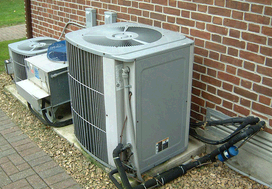
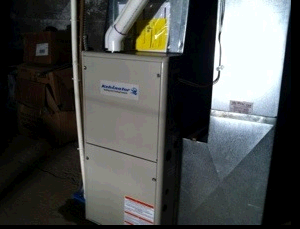
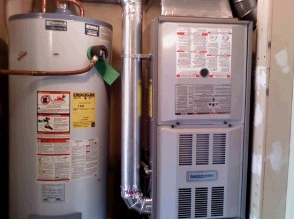
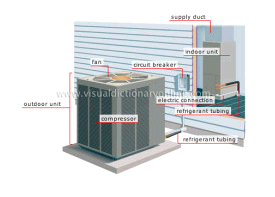
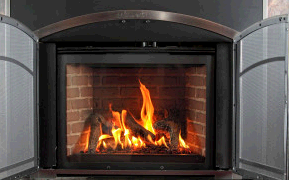


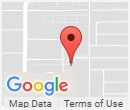


Write a review for Tom Morgan Furnace & Air Conditioner Repairman
* Review Title
* Review